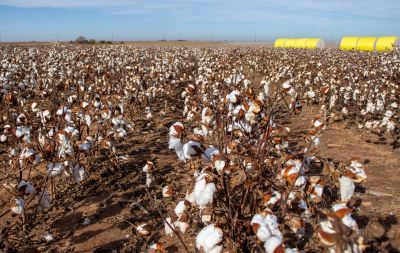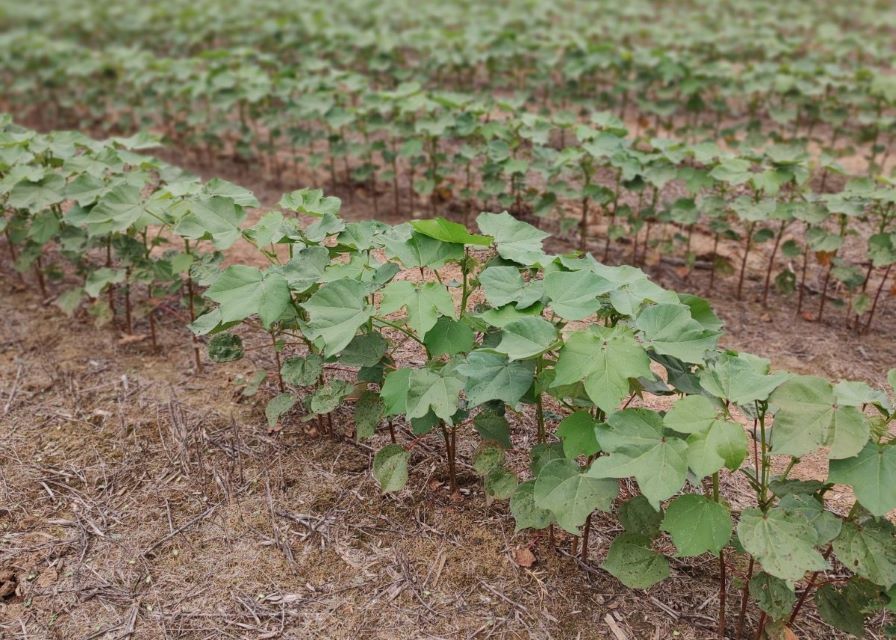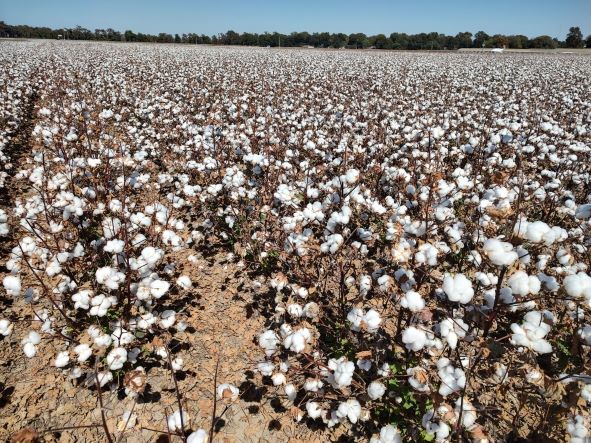Anticipating High Plains Plant Health Needs for 2025
 Photo: Kylie Kitten
Photo: Kylie Kitten
Rains have brought some hope for 2025 on the Texas High Plains, but past drought conditions have raised specific plant health concerns. Dr. Katie Lewis, a professor at Texas Tech University and Texas A&M AgriLife Research, advises growers to keep these concerns in mind as they plan for their next crop.
Nitrogen Availability
With drought causing less productive and terminated acres of cotton, last year’s crop may not have utilized all the nitrogen that was applied, says Lewis.
“If you’ve already applied nitrogen, many times it will accumulate deeper in the profile, at a depth that is usually still accessible by the cotton crop,” she says. “We’ve seen residual nitrogen levels in the 18-to-36-inch depth of the soil profile that are over 100 pounds per acre, which is enough nitrogen to produce a two-bale cotton crop.”
Residual nitrogen can save growers on fertilizer for 2025, so Lewis advises to take soil samples at least 18 inches deep to capture the true amount of nitrogen available. For the most accurate results, these samples should be taken around late January or early February.
Soil Salinity
A major concern Lewis has for 2025 is the salinity of the soil after years of drought.
“We haven’t had the rainfall that we would consider to be normal – — at least not at the right times,” she says. “A lot of salts have accumulated at the surface of the soil, and we don’t have the precipitation to move those deeper into the profile.”
High salinity can cause plants to mimic drought conditions, even if there is ample water available. Additionally, high soil salinity can also cause nutrient deficiencies, especially in manganese and potassium. Lewis suggests a low-rate, early season application of potassium, even if soil tests report acceptable levels, to help combat potential deficiencies caused by soil salinity.
“We’ve found, especially in higher yielding environments, you can see later season symptoms of potassium deficiency, which will result in reduced plant yields,” says Lewis. “We recommend a base application of potassium early in the growing season, especially in high yield environments. If the plant can get what it needs early on, then the demand for potassium won’t be as great later in the growing season.”
Potassium applications can be either a dry or liquid formulation. Regardless of how it’s applied, Lewis says it is most important to make applications early in the season before pinhead square.
Termination of Cover
With less cotton acres making it to the end of the season, Lewis says she has seen more acres of cover crops in the Texas High Plains. To maximize fertility of the cotton that follows a cover, Lewis advises growers to terminate their cover at the appropriate time.
“If you’re coming back in with a cotton crop following a winter cover, you need to give it at least six or eight weeks from the time you terminate the cover crop to when your anticipated cotton planting date is,” says Lewis.
According to Lewis, this six-to-eight-week window can help recharge soil moisture and give growers time to apply nitrogen that may have been immobilized by the cover crop. Since cover crops add organic matter to the soil, they increase microbial activity in the soil, which can increase competition for nitrogen. To overcome nitrogen immobilization, Lewis suggests moving nitrogen applications to earlier in the season on acres using cover crops.
“Earlier application of nitrogen coupled with early termination of the cover crop is going to be essential to avoid yield declines that are commonly reported following a cover crop,” she says.









